Limned as an enmeshing of “lyrical ecopoetics with subtle political critique,” Leeladhar Jagoori’s 1977 Hindi poetry collection Bachi hui prithvi (New Delhi: Rajkamal Prakashan) has been translated into English by Matt Reeck as What of the Earth Was Saved—now out from World Poetry Books. His avant-garde poetic and political positioning is evidenced by this book, which was published in the last year of Indira Gandhi’s the Emergency. In the words of translator Matt Reeck, Bachi hui prithvi (1977), the Hindi original of What of the Earth Was Saved, is a testament to the fact that Leeladhar was ahead of his time, writing around “regional consciousness and environmentalism,” a literary forefather to today’s Hindi-language and Indian writings on nature and ecology.
In this interview, I spoke with Leeladhar, who is currently in Dehradun (with translator Matt Reeck translating my questions from English to Hindi, and Leeladhar’s answers from Hindi to English), on his trailblazing poetry collection—the first full volume of his poems to be translated into English—and modern Hindi verse, especially poetry on prakŗti (nature).
Alton Melvar M Dapanas (AMMD): Your poetry collection What of the Earth Was Saved is now out from World Poetry Books—translated by Matt Reeck from the Hindi original Bachi hui prithvi, which was published in 1977 by New Delhi-based Rajkamal Prakashan. Could you take us back to 1977 and before that: what was your creative process like and what were the poetic underpinnings to the poems in this collection?
Leeladhar Jagoori (LJ): In school, I practiced everything. I wrote songs and ghazals. I wrote anuṣṭubh verse, a traditional poetic form in Hindi poetry, like it was conversational—like talking.
My first volume was published when I was a student at Banaras Hindu University. I had come back from the army and I went to Banaras to earn an MA. I was invited to read at a poetry event, and a publisher heard me and asked to publish my work, and I said fine. Those poems are about mountain life. I finally came around to seeing that it was a young person’s poetry. It was immature in a sense. It’s usually read as nature poetry. Then my second volume, Now Things Have Begun (Natak jari hai, 1971) was published from the standpoint of a young unemployed man looking for work. It’s spare, unsparing, tough-minded poetry. Its images are new, rough, not polished. In the 70s, poetic language sought to dig down to the very core of experience. Instead of ornamentation, it went in for bare language. Now Things Have Begun is full of these things, the things that young people then were thinking about.
Then my third volume was On This Journey (Is yatra men, 1974). Its poems are more tender, dreamy and full of love. Agyeya, Shamsher Bahadur Singh, Sarveshwar Dayal Saxena, and Dhumil all praised it. Manglesh Dabral, Trinetr Joshi, Prabhati Nautiyal, Madan Kashyap, and Avadhesh Preet, Prem Sahil, and Om Thanvi said the book ushered in a new direction in Hindi poetry. In the May 1975 issue of the magazine Dinman, Sarveshwar Dayal Saxena wrote a review that featured the book on the magazine’s cover. It was my good fortune that Agyeya praised it, and that Nirmal Verma was taken by the poems as well.

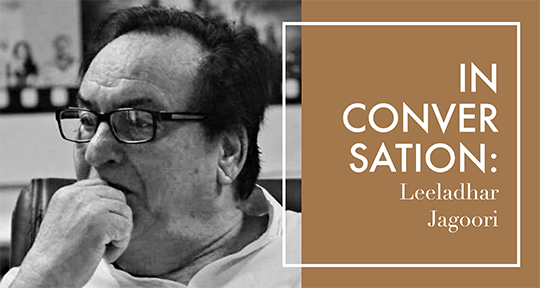

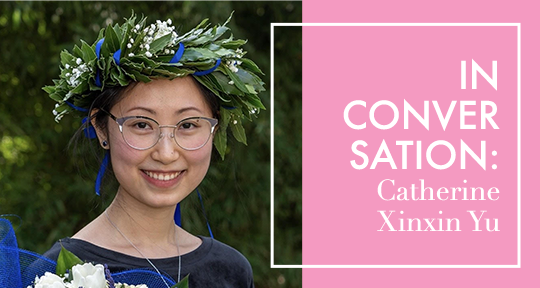
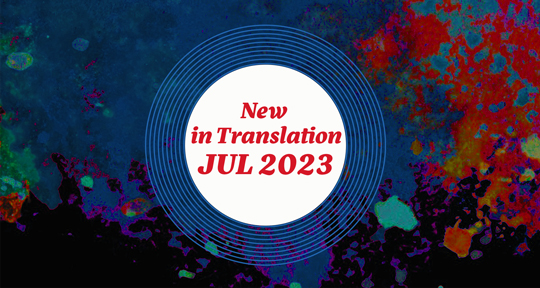
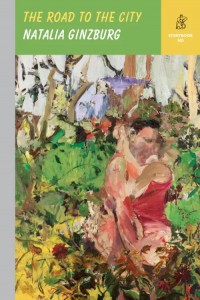

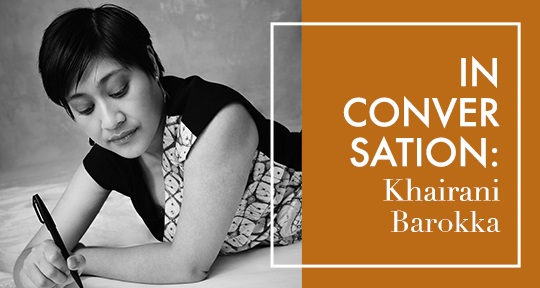
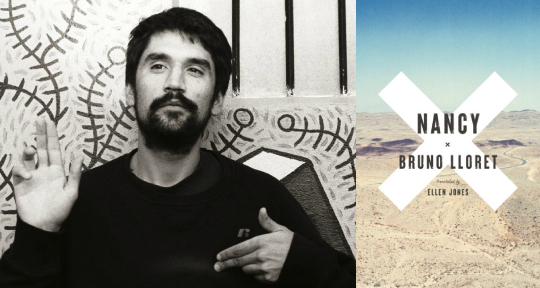
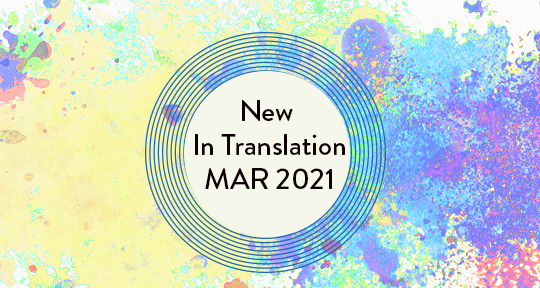
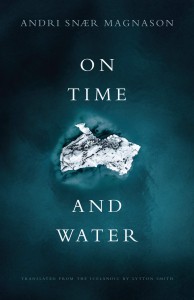
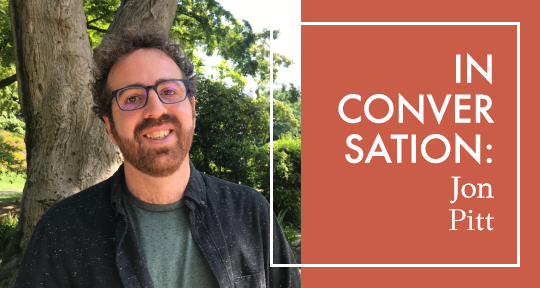



A Pointed Atemporality: Mui Poopoksakul on Translating Saneh Sangsuk’s Venom
He's very aware of the rhythm and musicality of this text . . . he said it should take something like an hour and thirty-seven minutes to read.
In our May Book Club selection, a young boy struggles with a snake in the fictional village of Praeknamdang, in a tense battle between beauty and cruelty. In poetic language that is nostalgic for the world it describes without romanticizing it, Saneh Sangsuk creates a complex and captivating world. In this fable-like story there are no simple morals, in keeping with Sangsuk’s resistance to efforts to depict a sanitized view of Thailand and to the idea that the purpose of literature is to create a path to social change. In this interview with translator Mui Poopoksakul, we discuss the role of nature in the text, translating meticulous prose, and the politics of literary criticism.
The Asymptote Book Club aspires to bring the best in translated fiction every month to readers around the world. You can sign up to receive next month’s selection on our website for as little as USD20 per book; once you’re a member, join our Facebook group for exclusive book club discussions and receive invitations to our members-only Zoom interviews with the author or the translator of each title.
Barbara Halla (BH): How did you get into translation, especially given your law background?
Mui Poopoksakul (MP): I actually studied comparative literature as an undergrad, and then in my early twenties, like a lot of people who study the humanities, I felt a little bit like, “Oh, I need to get a ‘real job.’” I went to law school, and I worked at a law firm for about five years, and I liked that job just fine, but it just wasn’t what I wanted to do for the rest of my life.
So, I started thinking, What should I be doing? What do I want to do with myself? I had always wanted to do something in the literary field but didn’t quite have the courage, and I realized that not a lot of Thai literature been translated. I thought, If I can just get one book out, that would be really amazing. So, I went back to grad school. I did an MA in Cultural Translation at the American University of Paris, and The Sad Part Was was my thesis from that program. Because I had done it as my thesis, I felt like I was translating it for something. I wasn’t just producing a sample that might go nowhere.
The whole field was all new to me, so I didn’t know how anything worked. I didn’t even know how many pages a translation sample should be. But then I ended up not having to worry about that because I did the book as my thesis.
BH: You mentioned even just one book, but did you have any authors in mind? Was Saneh Sangsuk one of those authors in your ideal roster?
MP: I wouldn’t say I had a roster, but I did have one author in mind and that was Prabda Yoon, and that really helped me get started, because I wasn’t getting into the field thinking, “I want to translate.” My thought was, “I want to translate this book.” I think that helped me a lot, having a more concrete goal.
READ MORE…
Contributor:- Barbara Halla
; Languages: - English
, - Thai
; Place: - Thailand
; Writers: - Mui Poopoksakul
, - Prabda Yoon
, - Saneh Sangsuk
; Tags: - Deep Vellum
, - environmentalism
, - literary criticism
, - nature
, - nature in storytelling
, - pacing
, - pacing in translation
, - Peirene
, - respect for nature
, - rhythm
, - rhythm in translation
, - social commentary
, - storytelling
, - Thai literature